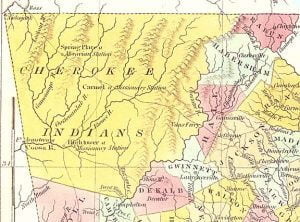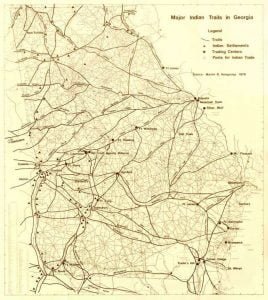Creek Indian Research
Creek Indians, A confederacy forming the largest division of the Muskhogean family. They received their name form the English on account of the numerous streams in their country. During early historic times the Creek occupied the greater portion of Alabama and Georgia, residing chiefly on Coosa and Tallapoosa rivers, the two largest tributaries of the Alabama river and on the Flint and Chattahoochee Rivers. Read more about the Creek Tribe History. Creek Indian Biography Biography of General William Augustus Bowles Biography of General William Mcintosh Biography of General Alexander McGillivray Creek Indian Chiefs and Leaders Benjamin Hawkins (hosted at About … Read more






